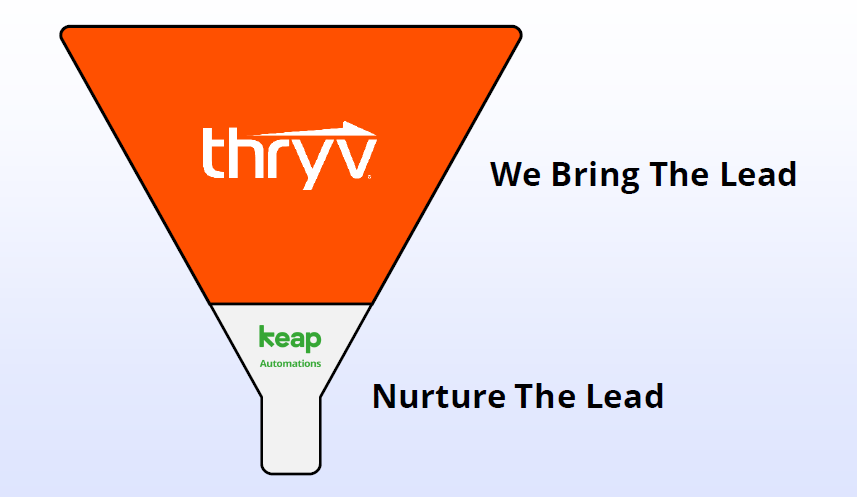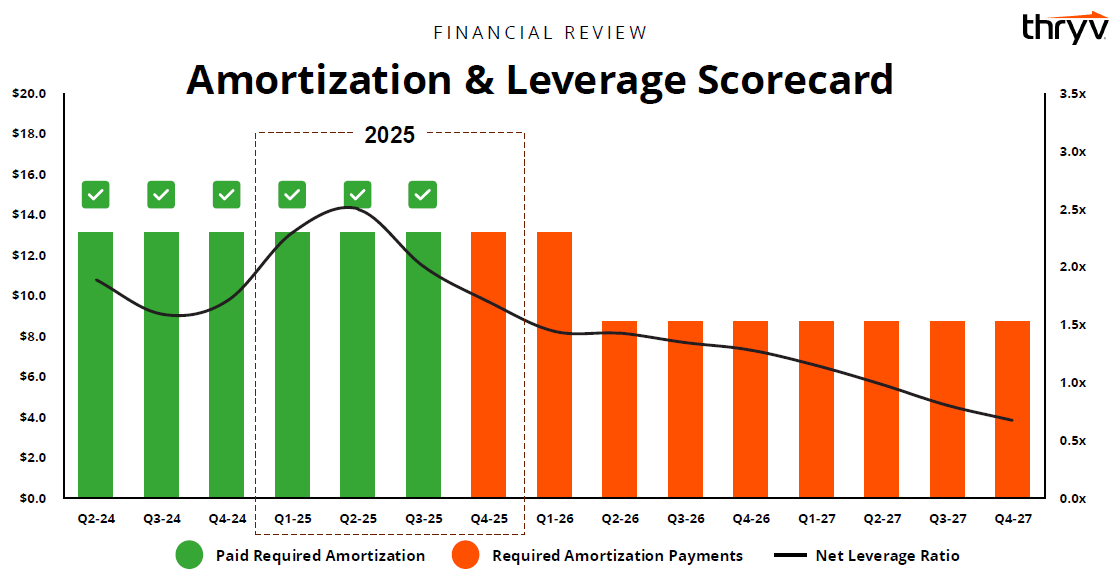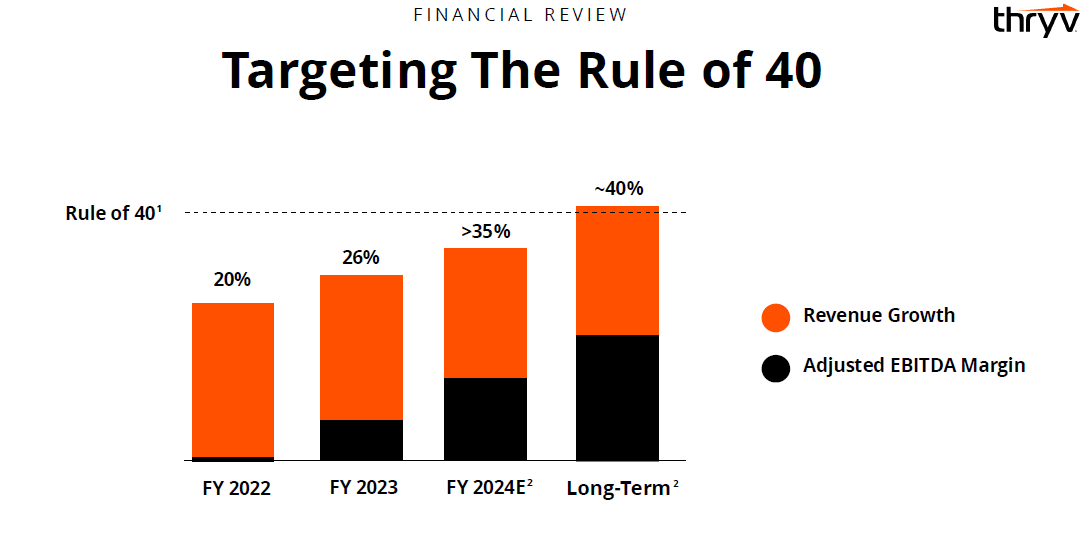Amid all the miners and energy stocks that I’ve been writing up, it’s important not to neglect the small cap tech sector for the “Revenge of Cathie Wood” thesis. Small tech and gold seem to be the only two components of my portfolio that are working in 2025, but the year is early and I am optimistic. Thank you to
who found this gem a month before I did. His writeup is more thorough, and also free:For everyone who doesn’t have one foot in the grave, “Let Your Fingers Do The Walking” was an advertising slogan of The Yellow Pages. For everyone who is under the age of 25, we used to look up phone numbers in enormous books of thin paper, with names of individuals written on white paper, and businesses printed on yellow paper. The market leader in phone books was The Yellow Pages, it started as Bell Communication’s yellow pages, yes, as in Alexander Graham Bell.
Even as a deep value investor, I never would have imagined that I would be seriously considering buying The Yellow Pages, but here we are. Thryv Holdings (THRY) is a marketing and business services company focusing on very small businesses, those with 2 - 25 employees. Unlike the market for medium sized businesses, which is highly competitive, the market for very small businesses is underserved and inefficient, and there are 5 million of those very small businesses in the US. Thryv Holdings is a business with two halves, the legacy Yellow Pages company, and the newer SaaS replacement. The current Chairman, CEO, and 5% owner, Joe Walsh, has been focused on taking the legacy Yellow Pages cashflow and investing in the SaaS business that will give Thryv a place in the future.
This last year, almost 50% of revenue came from the SaaS side of the business, and management is focused on winding down the legacy business completely within the next five years. Joe Walsh believes that Yellow Pages still has enough cash flow left in it to retire all remaining Thryv debt by 2030. At the moment, Thryv has about 100,000 installed software customers, and 200,000 legacy Yellow Pages customers. Their marketing teams are aggressively trying to convert the legacy customers into software customers. With the retirement of the baby boomer generation, those small business owners are in the process of implementing their succession plans, and the younger generation of new owners is more amicable to transitioning to the software platform.
Management claims that the majority of software development capex is behind them, but of course there will always be maintenance capex to keep their software up to date. Thryv also recently acquired Keap for $80 million, and Joe Walsh claims that they acquired this complementary service platform for something like one tenth of the money that Keap had invested into software development. Although Keap was private, their estimated annual revenues over the last decade as well as their NOL’s Net Operating Loss carry forward do indicate that they probably did spend somewhere in the range of $800 million on software development over the last ten years. Thryv not only receives the benefit of their NOL’s, but they also get their 15,000 customers, their software, and an enormous cross selling opportunity between platforms. Management estimated that cross selling opportunity to represent about $50 million in new revenue per year, in addition to Keap’s existing $50 million of revenue per year, and an additional $10 million in EBITDA from synergies.
As for their current financial situation, they have one of the characteristics that usually makes for a deep value opportunity, book value write downs which mask a profitable business. Their operational cashflow has enabled an aggressive debt pay down from $704 million of long term debt at the peak in 2021, to $255 million today. The debt is amortizing, and cashflow has consistently been more than the amortizing amount for accelerated repayment. As the value of Goodwill and Intangibles has been written down from $750 million to $222 million, Thryv appears unprofitable at first glance, but has maintained operating income which fell from $200 million in 2022 to $60 million in 2023, but has now inflected to growth again with $80 million for the trailing twelve month period due to the SaaS growth. Thryv is a full four quarters ahead of schedule on their accelerated debt repayment priority.
Management is aware of the multiples that SaaS companies typically fetch, and are aggressively trying to break into the Rule of 40 club, where growth plus EBITDA margins add up to over 40. Companies in this group typically trade at a price to sales ratio of over 4.0x. Part of the reason why I believe management is trying to accelerate the winding down of the Yellow Pages business is to facilitate multiple expansion. Management wants the stock price higher as a primarily SaaS business.
Thryv is still at the point where the legacy business is declining faster than the SaaS business is growing, but management believes they will return to overall growth in 2027. It might take until 2028 or later for the mutiples to rerate after the return to overall growth. In the SaaS mania of 2021, it took a full year for the stock price to 4x from $10 to $40. A Thryv with 2027 revenue of $900 million and growing, if it traded at 4.0x sales, which is still modest for a SaaS company with strong margins and high recurring revenue, would imply an $83 dollar share price. With the Chairman and CEO also a 5% owner, and Thryv having made it this far through their debt retirement without diluting shareholders much, it is unlikely that Thryv would need to dilute shareholders in the interim, unless there was a very opportunistic acquisition. A full four quarters ahead on the amortization schedule and growing operating income, bankruptcy chances seem remote as well.
I typically avoid gambling on earnings calls, but in a January 14th 2025 interview, Joe Walsh claimed that the integration of Keap was so far ahead of schedule that they were already recognizing most of the anticipated EBITDA gains, as well as some cross selling opportunities. The next earnings call is tomorrow, February 27th 2028, and the market has been extremely punishing for underperformance. But small cap tech is one of the sectors that has been working. There is a small chance that the growth in SaaS could outpace the decline in Yellow Pages for the first time this upcoming quarter, but it’s not guaranteed. The market might also be content with the inorganic revenue growth from the Keap acquisition, and with Keap revenue, quarter over quarter, management is guiding for $182 million to $186 million, up from $179 million last quarter. It’s hard to tell what will happen tomorrow, but I would be surprised for a growing SaaS company to trade at 0.74x price to sales for very long. If there are no more Goodwill writedowns, it’s possible for Thryv to be GAAP net income positive on the quarter, but I have no prediction as to whether more writedowns are coming.
Over the longer run, if Thryv already has half of their revenue coming from 100,000 SaaS customers, and they are 75% successful in transitioning their 200,000 legacy Yellow Pages customers into SaaS customers, as well as the cross selling opportunities from multiple software offerings, revenue could be a good bit higher than $900 million in 2027. I think there are good odds that the price target below will underestimate Thryv’s actual path forward.
Thryv Holdings (THRY) $18.11: $83.91 by the end of 2028












There were pitches for this one 2-3 years ago, maybe even further back, that were almost identical to the current pitches.
Well done, didnt get to this till this morning!
Is there any reason Q4 lapping slowed to 23% compared to YOY of 41% or just harder comps?